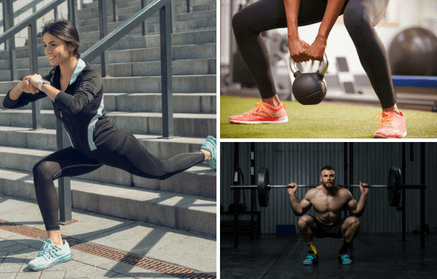Table of Contents
Certainly, squats and lunges done properly should be the basis of any honest underbody training and part of „leg day“. It was these two basic exercises that were able to gain a very quick but well-deserved respect in the field of fitness and bodybuilding. No wonder, even the bodybuilder icon Arnold Schwarzenegger himself, or the woman with the most famous back of Jen Selter, also known as the “Booty Queen”, would not have a word said against them and are part of their training plan to this day.
Squats and lunges have a very good impact on building the muscles of the whole body, especially on the buttocks, hamstrings, as well as the quadriceps or the centre of the body. In addition to being able to shape perfect curves, they also help improve overall fitness, burn more fat, and increase joint movement.
If you’ve gotten to the point where you’ve already got tired of these two basic exercises, or you’ve exhausted all the possibilities and you don’t know how to liven up your training plan and take it to a new level, we’ve got some helpful inspirations and tips.
Squat – King of all exercises
Squats are rightly referred to as the “king” of all exercises. If you want to make squats effectively, first of all, you have to perform the exercises properly. Otherwise, you could get injured and slow down on your way to your desired goal.
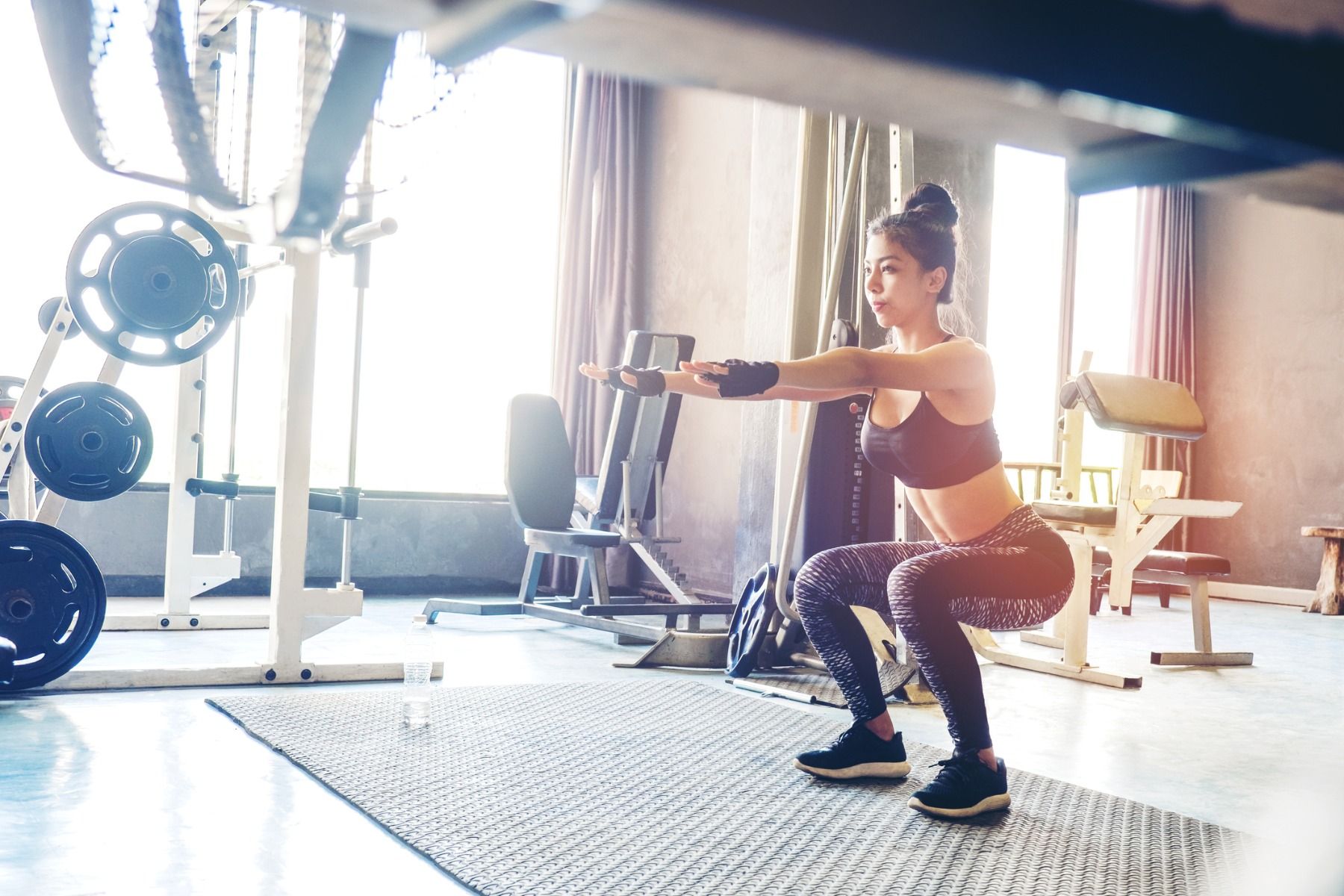
The basic reasons why you should definitely make squats:
- gaining strength
- building muscle mass
- burning fat
- increasing physical fitness
- increasing stamina
- strengthening bones and joints
- improving flexibility
- building discipline
As with other exercises, there are few rules that you should follow when making squats too. Remember, the most important thing is to learn and understand the technique before experimenting with the variations that the squats offer. You should not experience any unusual pain when performing the squat and should give your body enough time to regenerate after training.
You might be interested in these products:
What should you avoid while squatting?
- lifting the heels from the ground
- incorrect weight placement on the back
- head position upwards
- uncoordinated breathing
- holding the dumbbell mainly on trapezoid muscles
- holding your feet too close together
- knee pushing and bending forward
10 commandments of perfect squat
- Warm-up – indulge in a short physical activity – cardio workout or stretching to prepare your body for physical exercise.
- Posture – stand at the width of the shoulders, with the heels steadily on the ground. Remember that the heels must not be lifted off the ground.
- Pelvis – always keep the pelvis set down, avoid bending in the small of the back. When squatting, always push the pan backwards and downwards.
- Heels – always squat over the heel, not the toes. Our tip: if you lift your heels off the ground, you may have stiffened or shortened calf muscles. In this case, it is a good idea to have a longer warm-up or stretching before doing squats.
- Thighs – place the thighs lower than their horizontal position when performing the squat.
- Knees – do not push the knees too far forward, otherwise the knee joints will be overloaded if you go beyond the toes. Our tip: try squats using bench or box first.
- Back – always keep the cervical, thoracic and lumbar region of the spine in a neutral position and do not bend the back. Our tip: if you bend forward when dropping into the squat, you may have a poorly developed lower back. Strengthen it more through extension, forward bend or deadlift. For squatting it is very important that your back is ejected. This will ensure that the squatting is done safely.
- Breathing – in the lower position of the squat, inhale and hold your breath, then exhale at the starting position.
- Belly – involve abdominal muscles in the squatting process.
- Depth – try to keep the squat as deep as possible, the hip joint should reach at least the level of the knee joint. Of course, if you are a beginner, it is good if you are led by a more experienced sparring partner, who will warn you about leaning forward or the wrong leg position.
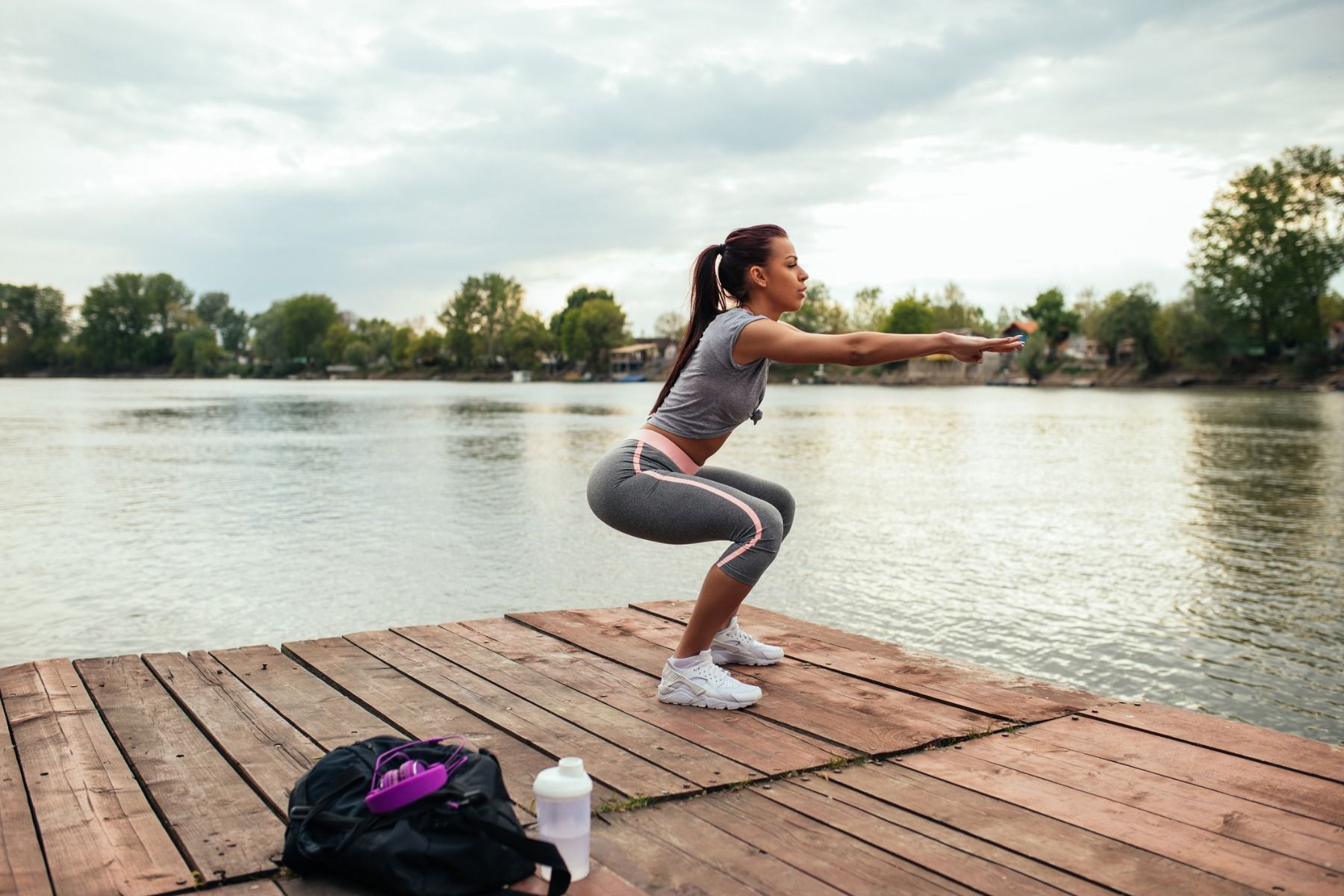
Lunges
Lunges are an effective exercise for shaping thighs and buttocks. This is an exercise in which you involve multiple joints at once. Large and medium sciatic muscle, flexors, adductors and abductors, as well as tailor’s muscle, quadriceps and hamstrings are involved. And when you modify this basic exercise and refine it with different variations, you will be able to achieve quality results very quickly and easily. The bonus is, among other things, better flexibility and balance.
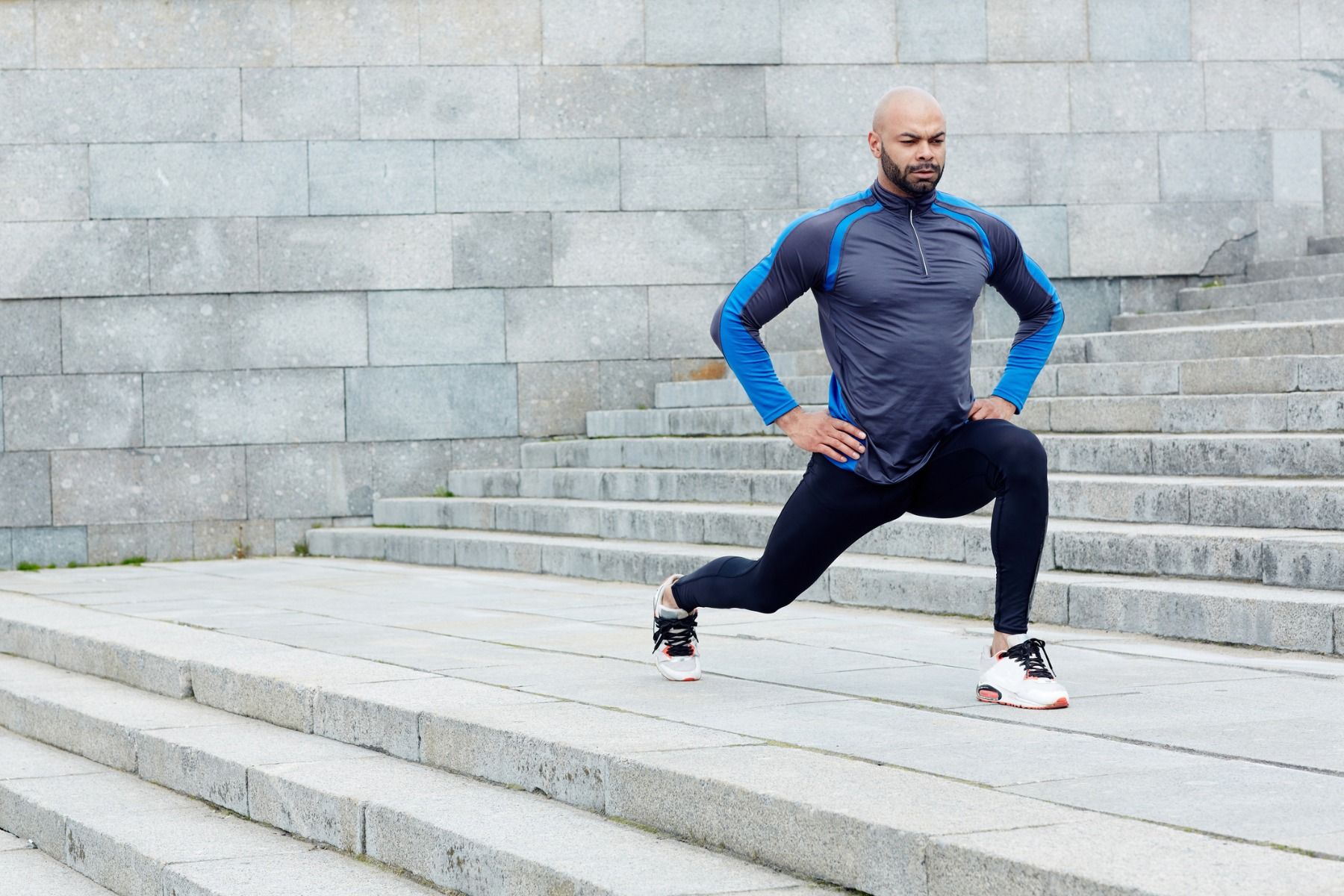
It’s all about the basics
The basic lunge exercise is quite simple. However, it is still badly technically mastered by many in the gym. What should its sample execution look like? Try to concentrate and keep your upper body straight, your stomach tight and your pelvis set. Keep your shoulders relaxed, holding your head back in an even position, looking straight ahead. Then step forward with one leg so that both knees are at 90 degrees. Make sure you have the front knee above the ankle and the rear knee not touching the floor. Keep the full weight on your heels and then return to the starting position.
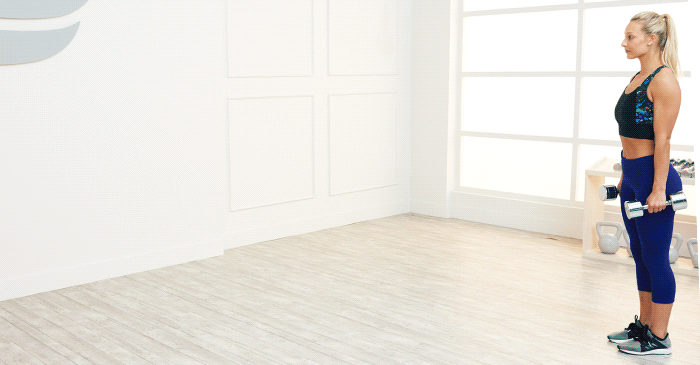
What should be avoided when making the lunges?
- torso bending forward
- too fast, dynamic movement
- stepping at a short distance
- deflecting the body sideways
- hunched back
- looking sideways
Our tip: Initially, it is advisable to practice stationary lunges, 3 sets of 8 to 12 reps. Once you have mastered this exercise, you can gradually use a greater load or try alternating lunges. You can then add weight, or replace well-managed exercises with others, such as walking lunges. It is recommended to start with 2.5 – 4 kg dumbbells and gradually increase the load as needed and according to your fitness. Over time, it is also advisable to test yourself through more demanding lung variations.
Finally, we have prepared some inspirational exercises to refresh your training routine.
Alternating lunges with jump
Stand straight, bend your legs in your knees and descend into a deep lunge. The knee at the front should be in line with the toe. Then jump up, change the legs in the air and fall into the lunge with the other leg in front. Carry on like that, keeping in mind the dynamics.
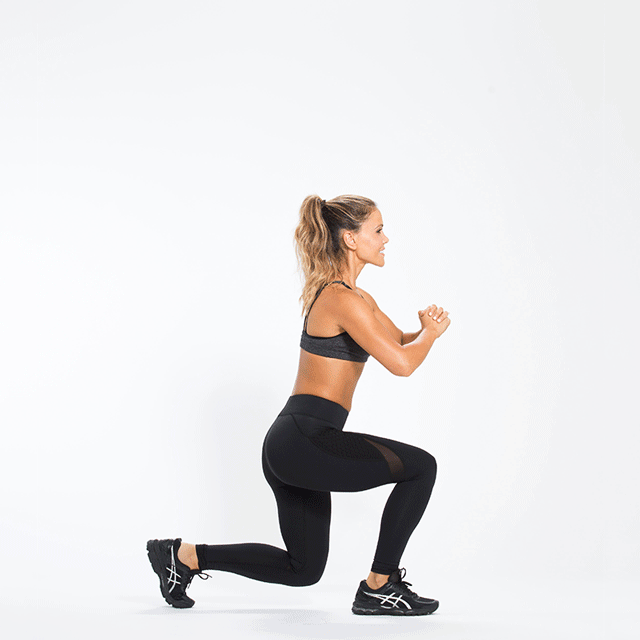
Walking lunge
Find free space. Take one arm dumbbells, stand upright with your arms loosely along your body. Keep legs at the width of the hips. Start with the exercise step forward with your right foot. The right thigh should be positioned parallel to the floor and the left thigh perpendicular to it. Then return to the upright position and continue forward, lunging with your left foot. Continue walking this way.
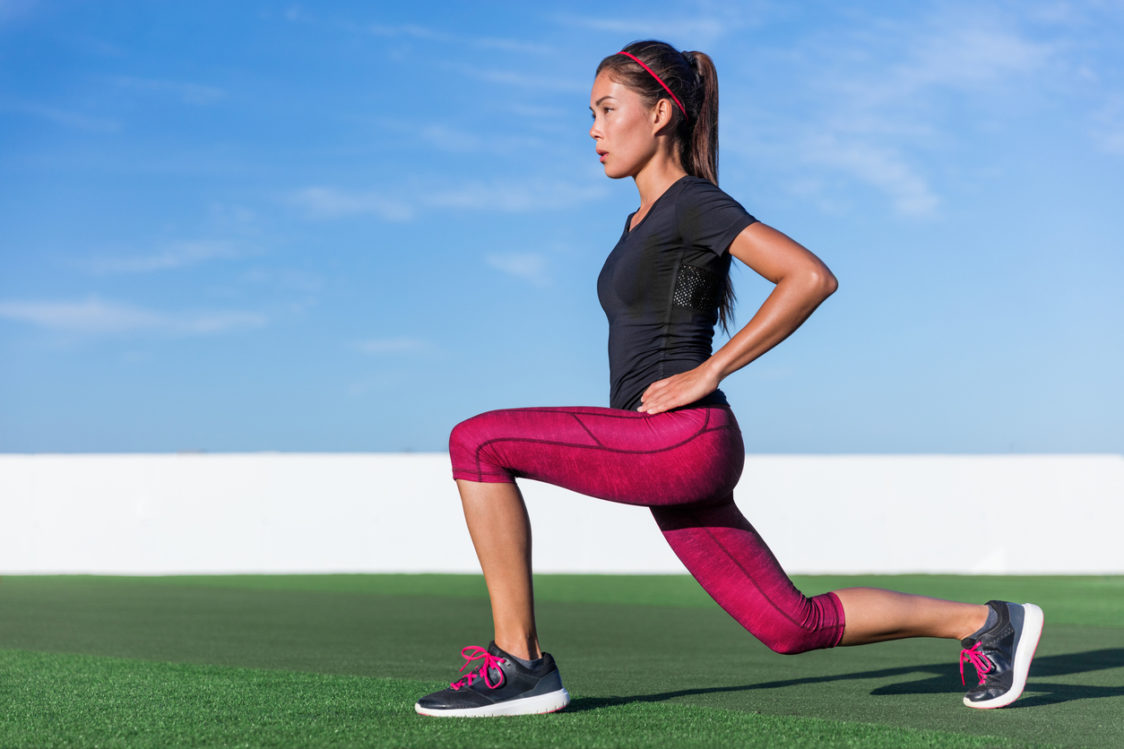
Dumbbell back squat
Stand upright, keep feet away at the width of your shoulders and toes slightly turned apart. Hold the dumbbell behind your back in the trapezoid area and keep your elbows down. Breathe in, push your hips back and go into a deep squat, with your chest stretched. Then return to your original position along with exhalation.
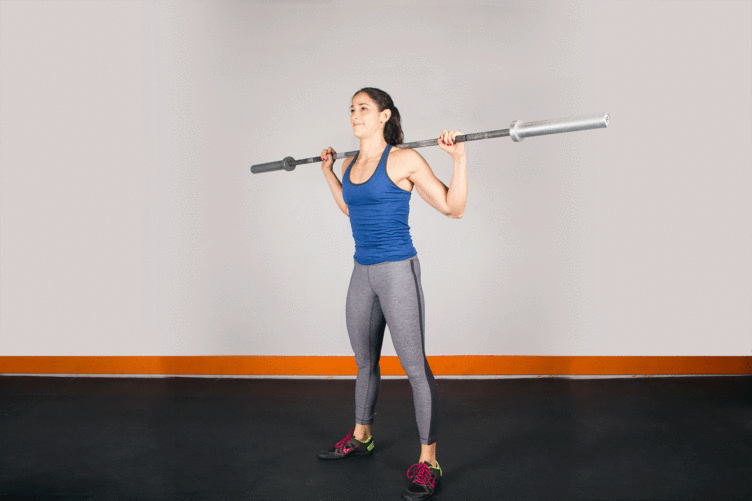
Squat jumps
Stand straight, legs apart on the width of the hips. Keep your toes slightly turned sideways. Go down into the deep squat so your hips are below your knees. Keep your hands bent in front of your body. This is followed by a dynamic jump as high as possible, coupled with a tightening.
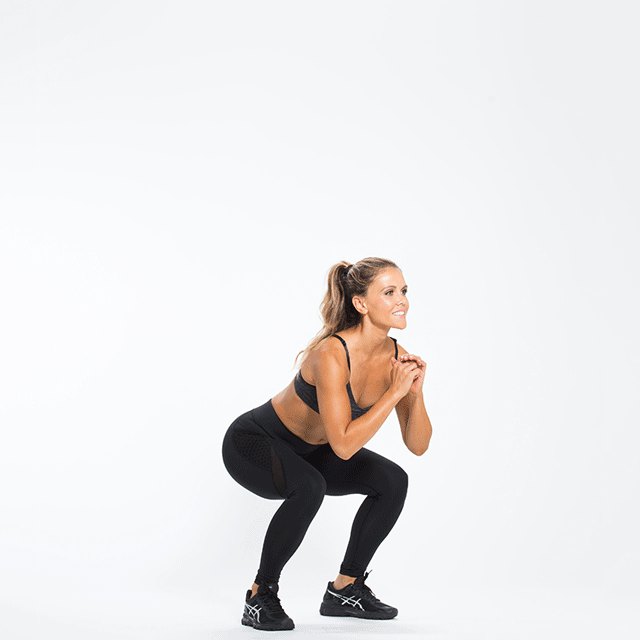
One arm dumbbell sumo squat
Stand straight with legs spread away. The feet should be twice as far apart as the shoulder width. Turn the toes slightly outwards, holding the one arm dumbbell or ketlebell with both hands and pushing the shoulders back. Slowly bend your legs in your knees and move into a deep squat so that your thighs are parallel to the floor or even lower. At the beginning of the exercise inhale and exhale as you go back. You can try the exercise first on the floor, then use two boxes or other platforms.
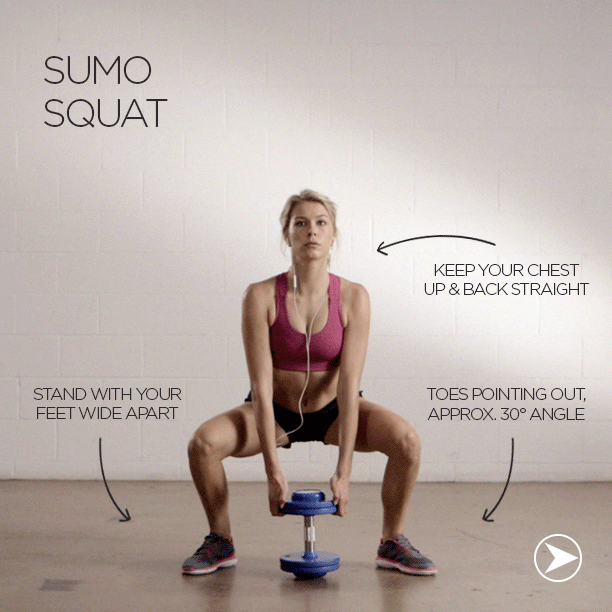
Bulgarian split squats / lunges
Take the optional weight in your hand, stand with your back in front of the bench. Pull one leg back on the bench and lean against it with your toes. Keep the other leg on the ground at the front so that it is at a 90-degree angle when making a squat. Don’t bend over. The squat should be deep so that the pelvis is level with the front knee or even lower and that the back knee is almost on the ground. Then go back to the starting position and repeat. Remember to replace your legs and continue with the same number of reps.
Zercher squats
Zercher squats are named after Edward Zercher, a well-known powerlifter from the American town of St. Louis. He competed already in the 1930s. It is said that his private gym lacked the stands for squats. Therefore, Ed adopted the following technique: he went into the squat, bent his elbows and placed the barbell at the point of the upper limbs.
He lifted the barbell through the lower back and thighs. Many athletes believe that thanks to this exercise they develop their squat technique better.
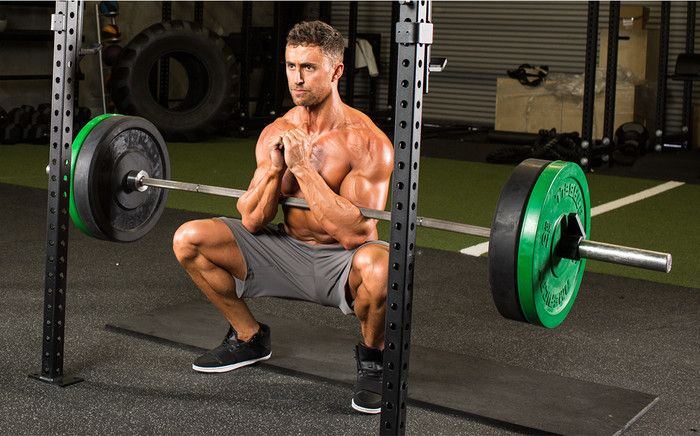
Hip belt squats
Hip Belt squats consist of attaching the load with a hip belt in the hip area and then performing squats on boxes or platforms. The exercise mainly involves the lower half of the body, with minimal torso assistance. Remember, however, that the exercise should always be adapted to your physical fitness.
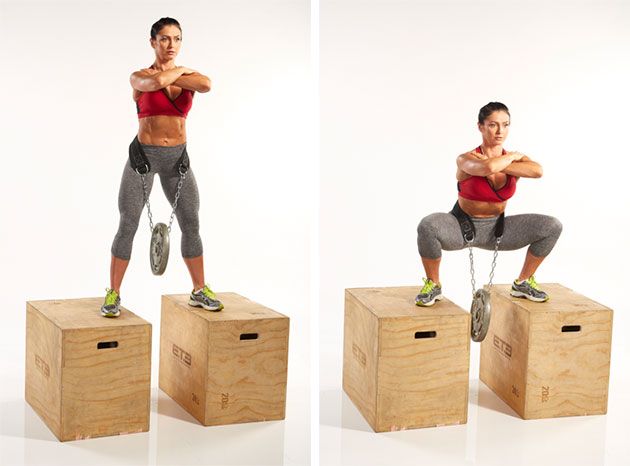
Performing of this exercise is as follows. Place two boxes or platforms side by side so that you can stand on them and keep your feet a little more apart than you are used to with other traditional squats. Attach the belt around the waist and add a load. Place each foot on one box, turn your toes slightly apart and cross your arms in front of your chest. Breathe in, push your hips back and slowly walk into the deep squat. With exhalation, return to your starting position.
Dumbbell overhead squats
Squats with a dumbbell overhead are an excellent exercise that builds overall coordination and synergistic strength throughout the body.
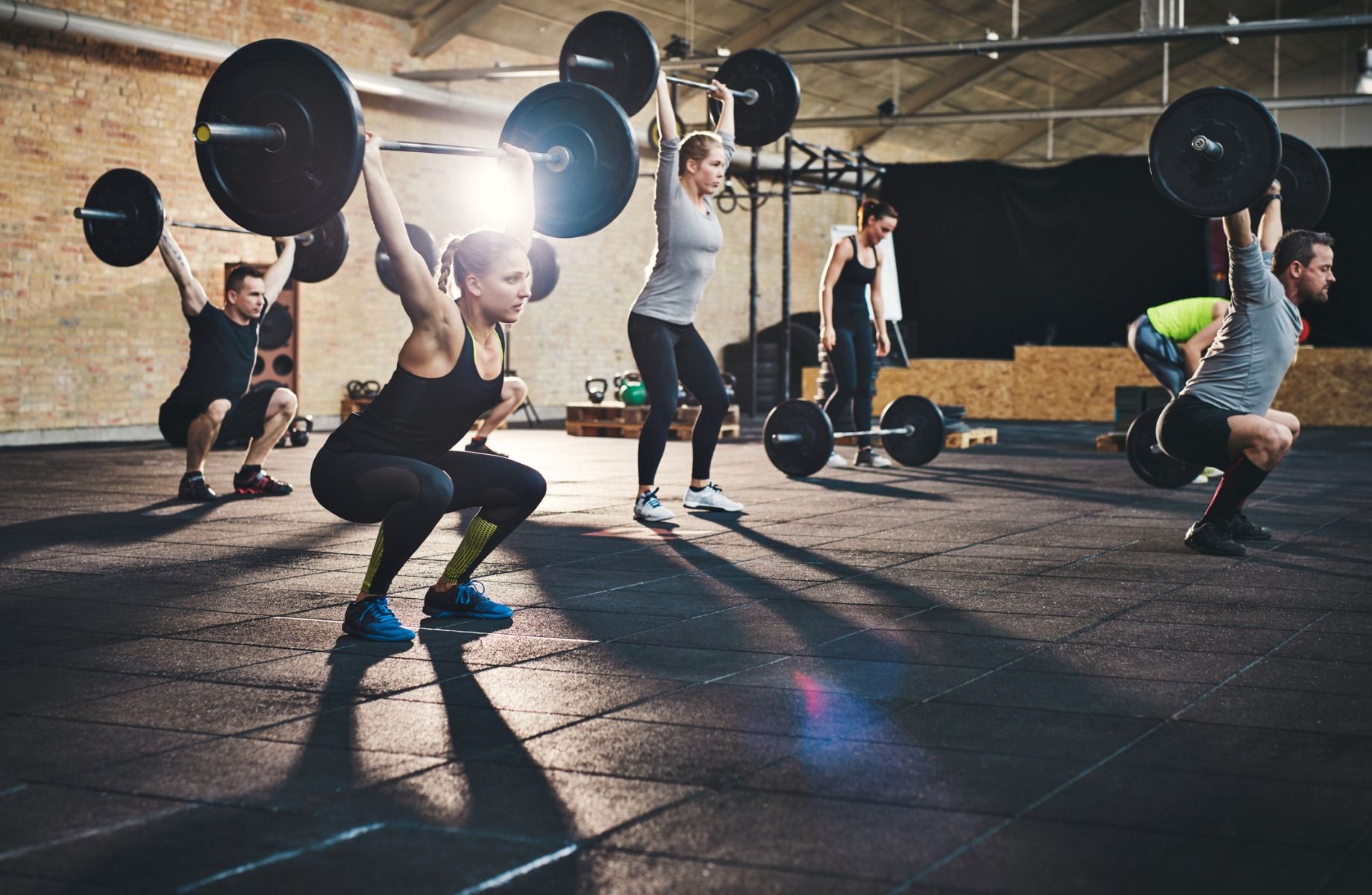
Stand straight, keep your feet apart about the width of your shoulders, with the toes lightly turned to the sides. Hold the dumbbell over your head using overgrip. From the profile, your body should be in the mirror in one line, from the palms to the ankles. Breathe in, push your hips back and slowly go into the squat, try to go as deep as you can. Hold the dumbbell perpendicular to the ground and over your head, with your arms outstretched. With exhalation, get back to starting position.
Jefferson squats
Do you know them? Try to include this exercise in your training plan, and you will not regret this decision. You can see the correct version by Kaio Green in the following video:
Anderson squats
Who would not know the exercise named after the famous Paul Edward Anderson – one of the best “squatters” of all time? If this name doesn’t tell you anything – Anderson is the founder of powerlifting and has had a lot of weightlifting success. In 1955, he became world champion and in 1956, Olympic champion in super heavy weight.
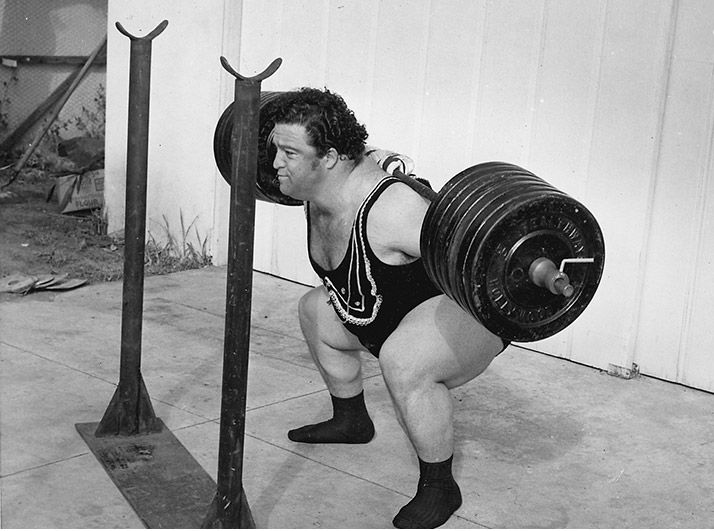
The execution is simple. Adjust the barbell with the load on the stand to the desired height. Then stand under the pole so that you can lift it and move it in the trapeze area with a simple movement. Continue by stepping back and squatting. With a deep squat you get to the point where for a moment you gently lean against the frame construction. Continue by dynamically increasing the weight of load and return to the starting position.
Get inspired by this sample video:
We believe that some of these exercises inspired and captivated you. Don’t be afraid to try new things and avoid the stereotype. Keep in mind that the only thing that matters is the right technique of performing the exercise.
Do you also have proven squat and lunge exercises? Please write your response in the comment and share it if you liked it.

